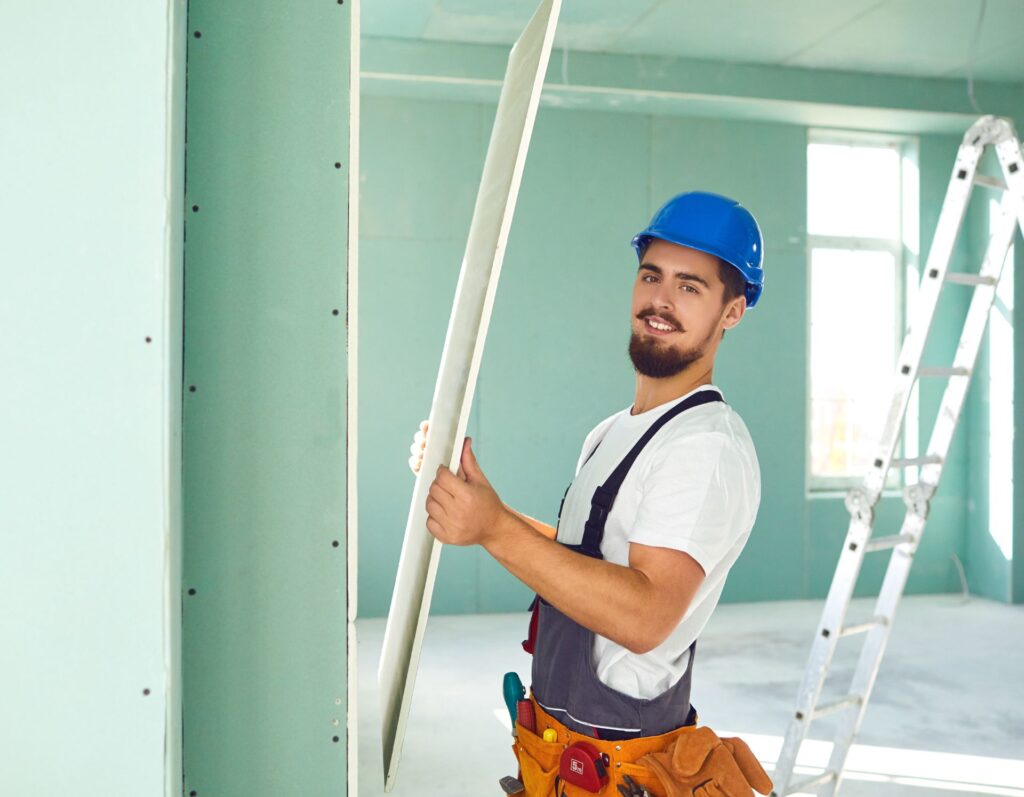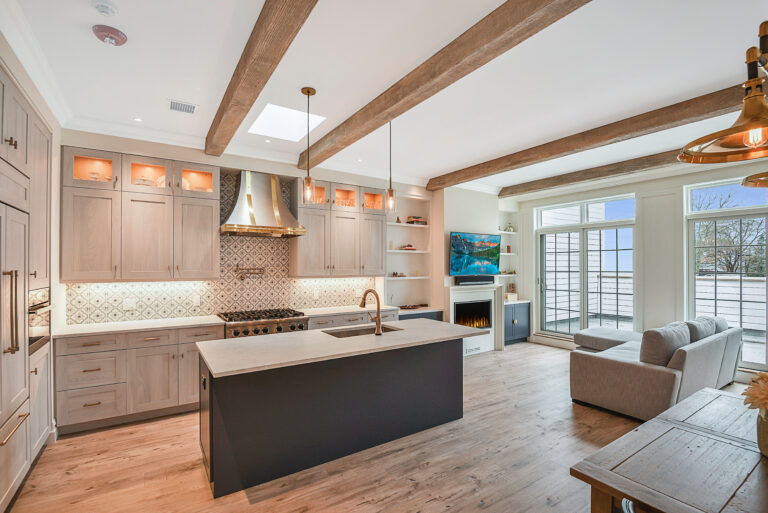5 Levels of Drywall Finish: A Full Guide
Drywall is a fundamental element in modern construction, providing the canvas upon which interior spaces are crafted. While often hidden behind layers of paint and texture, the quality of drywall finishing can significantly impact the overall aesthetic appeal and durability of a space. As a design build firm seeking to excel in the realm of drywall construction, understanding the different levels of drywall finish is essential. In this guide, we’ll explore the various levels of drywall finish and their significance in achieving superior results for your projects.
Level 0: Unfinished Drywall
At Level 0, the drywall is installed but left unfinished, with no tape, joint compound, or finish applied. This level is typically used in temporary construction or situations where the drywall will be covered by other materials, such as paneling or plaster. While Level 0 may be suitable for certain applications, such as warehouse, storage or garage space, it lacks the smoothness and uniformity required for most interior spaces.

Level 1: Fire-Taping
Level 1 involves the application of joint tape and joint compound to cover the seams between drywall panels. However, no additional finishing is done beyond this basic step. Level 1 is primarily used in areas where the drywall will be concealed behind heavy textures or where fire resistance is the primary concern. The surface remains rough and may exhibit visible joints and fasteners.

Level 2: Taping and Skim Coating
Level 2 goes beyond basic taping to include the application of a thin layer of joint compound, or “skim coat,” over the entire surface of the drywall. This helps to minimize the visibility of joints, fasteners, and imperfections, resulting in a smoother finish. Level 2 is suitable for areas that will be covered with heavy textures or where the final finish will consist of multiple layers of paint or wallpaper.
Level 3: Smooth Finish
Level 3 represents a significant step up in quality, with additional layers of joint compound applied and sanded to achieve a smooth, uniform surface. While not completely seamless, Level 3 provides a high-quality finish suitable for most residential and commercial applications. This level is ideal for areas that will receive light to moderate texture or a single coat of paint.
Level 4: Light Texture
At Level 4, the drywall is treated with a light texture, such as a sprayed-on or rolled-on finish, to further disguise imperfections and create visual interest. This level is well-suited for contemporary interiors or spaces where a subtle texture is desired. Level 4 provides a durable and aesthetically pleasing finish that enhances the overall appearance of the space.
Level 5: Smoothest Finish
Level 5 represents the pinnacle of drywall finishing, with multiple coats of joint compound applied and meticulously sanded to achieve an ultra-smooth, seamless surface. This level is essential for high-end projects where a flawless finish is paramount, such as luxury homes, executive offices, or upscale retail spaces. Level 5 requires exceptional skill and attention to detail but yields stunning results that elevate the overall quality of the space.
As a design build firm, mastering the different levels of drywall finish is crucial for delivering exceptional results that exceed client expectations. By understanding the nuances of each level and employing skilled craftsmen who can execute the desired finish with precision, you can distinguish your firm as a premier drywall contractor in your area. Whether your project calls for a basic fire-tape finish or a flawless Level 5 smooth finish, investing in quality drywall workmanship will elevate the overall success and satisfaction of your projects.

